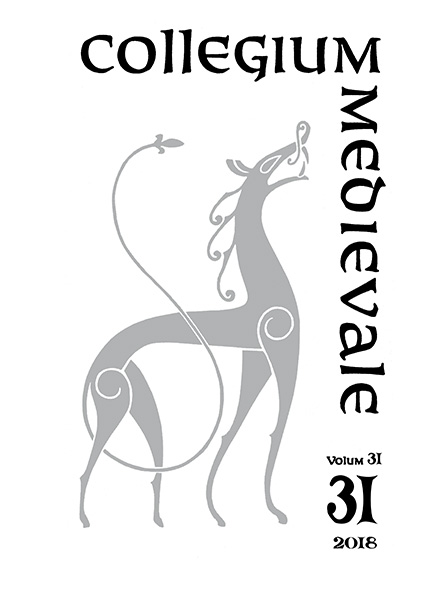Sammendrag
"In extremo orbe terrarum" le relazioni tra Santa Sede e Norvegia nei secoli XI-XIII by Francesco D'Angelo is a revised and extended edition of his PhD-thesis from 2016. It is first necessary to point out that this book is written in Italian and is therefore primarily intended to an Italian-reading audience even though it will certainly reach a broader international one. This being said, D'Angelo's work is of great interest for a Norwegian reader, given that he or she can read Italian. The main reason for this lays on the book's twofold topic. First, In extremo aims to provide a complete overview over the development of the Church in Scandinavia, and in particular in Norway, from the first Christian missions in the tenth century to the end of the thirteenth century when the ecclesiastic organization was fully completed. As such, the book is nearly unique so far and deserves our interest. Second, the study entails Scandinavian ecclesiastic development within a centre/periphery perspective, which also is too often missing in the Norwegian scholarship. D'Angelo's original and most worthily approach with respect to earlier research is to address the development of the Church in Scandinavia from a Roman perspective. How did Christendom's centre, Rome, relate to the distant Scandinavian churches? Largely, the author bases his analysis on papal decretals, the already known letters between bishops and Rome, and on the narrative from the sagas. D'Angelo's approach is interesting since it links the Scandinavian ecclesiastic landscape far more closely than before to the popes' own political situation and ambitions, underscoring, if needs be, that the development of Scandinavian Churches was not only based on local foundation, but also largely depended on the curia's doctrinal and political decisions. In his book, D'Angelo addresses numerous aspects of the Churches' making throughout the Middle Ages: the conversion of populations, the progress of ecclesiastic organization and the relationship between regnum and sacerdotium.
Forfattere beholder opphavsretten og gir tidsskriftet rett til første publisering av arbeidet. En Creative Commons-lisens (CC BY-SA 4.0) gir samtidig andre rett til å dele arbeidet med henvisning til arbeidets forfatter og at det først ble publisert i dette tidsskriftet.

